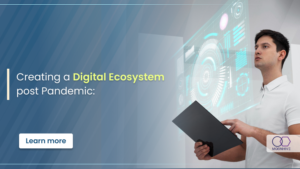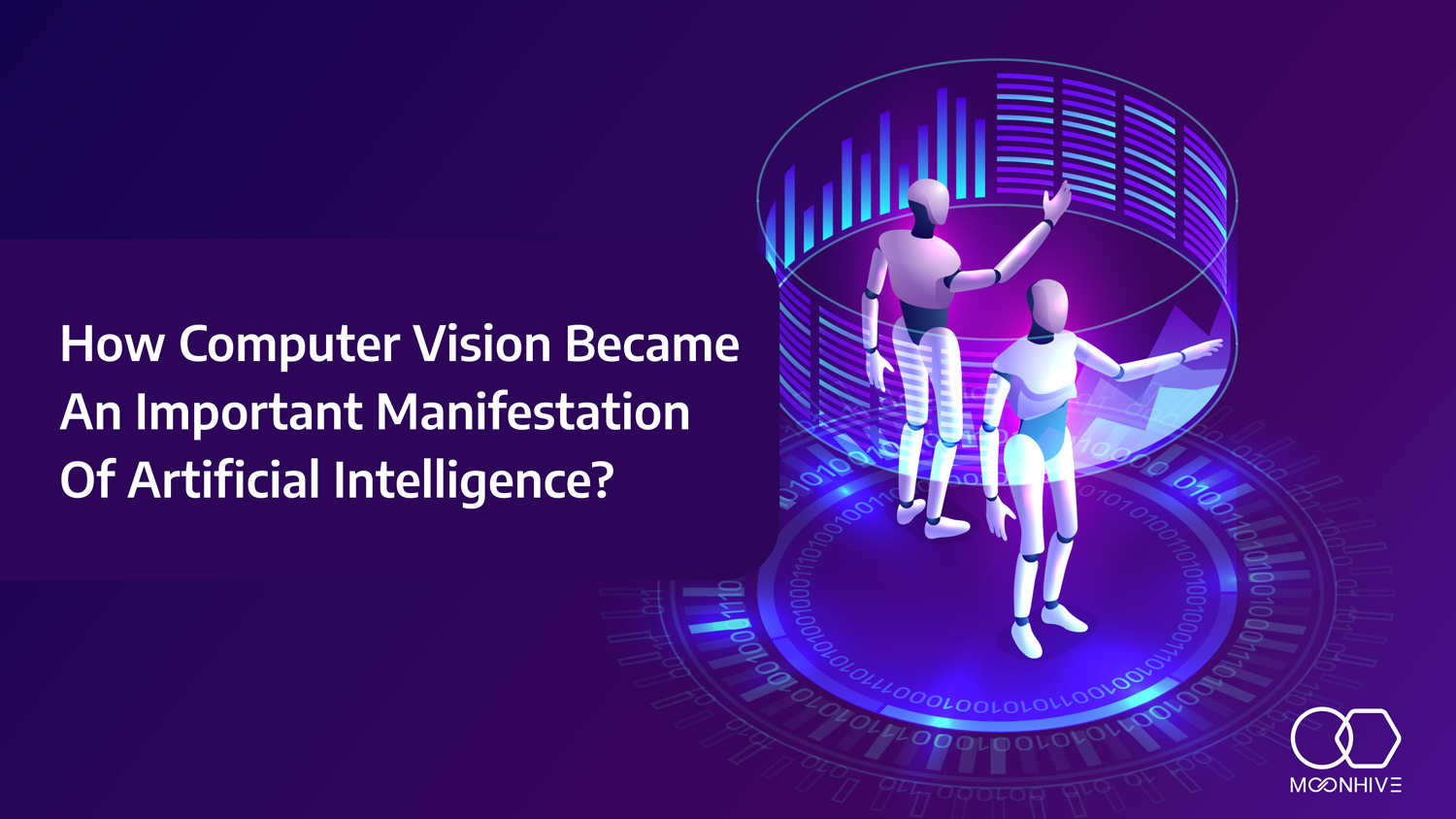Sustainability in IT: Strategies for Eco-Friendly Business Operations

Data Analytics for Decision-Makers: Harnessing Insights for Growth

Why You Need an App for Your Business in 2024


Having a doctor at home allowed me to get exposed to medical journals and science magazines. With no interest in computers and technology, I uninterestingly scanned through the magazines, but at times my gaze paused on articles related to computer technology and health. I wondered what computers and programming could do to the health industry other than being part of the administrative regime. But after getting some exposure from the book “Computers and Intelligence” by Alan Turning, I started to understand the complex algorithms that perform similarly to the human brain.
Yes, the advanced technology and decades of hard work have paved the path to Artificial Intelligence – “the science and engineering of making intelligent machines,” and its subfield computer vision, which became a specialty in the field of medicine and other domains.
What is computer vision?
According to Prof. Fei-Fei Li, computer vision is defined as ” a subset of mainstream artificial intelligence that deals with the science of making computers or machines that can analyze and understand an image. Computer vision started at universities that were exploring artificial intelligence.
Products like Amazon’s Rekognition, Indian company Face X, Amazon’s Deeplens and Derm Lens, etc., are applying computer vision technology to improve operations and enhance productivity.
Some uses of computer vision are
-Defect detection on the assembly line
-CT Scan brain injury identification
-Casino surveillance
-Self-driven automobile
-Crop insurance for agriculture
-Face recognition
How does computer vision change the world?
Computer vision helps computers see the world around them and makes lives productive. For example, in the retail sector, it streamlines the shopping experience by providing mobile devices that recognize objects based on their image alone. In medicine, it’s used to analyze X-rays, MRIs, and other medical images. In transportation, self-driving cars like Tesla already use computer vision to supplement existing sensors to ensure a safe and efficient drive.
Some applications of computer vision technology in real-world:
Designed to recognize a human face, gender, and age group. It is used for tracking customer movements in-store, analyzing navigational routes, tracking animal routes, etc.
Image analysis can extract a wide variety of visual features from your images. For example, it can determine whether an image contains adult content, a specific object, or human faces.
Face recognition is a technique used to detect the faces of individuals whose images are saved in the data set. This technique is mostly used to prevent retail crime, unlock phones, find missing persons, forensic investigations, etc.
The security and video surveillance domain relies on computer vision technology. The computer vision system is also used for indoor surveillance like baby monitoring, patient monitoring.
The technology reliably tracks human motion in any indoor and controlled outdoor environment. It is connected with visual surveillance.
Computer Vision: The future
Computer Vision plays an important role in the development of Artificial General Intelligence (AGI) and Artificial Superintelligence (ASI) by giving them the ability to process information and a system better than the human visual. Even with the great advent of technology, the benefits and applications of computer vision technology remain unexplored.



